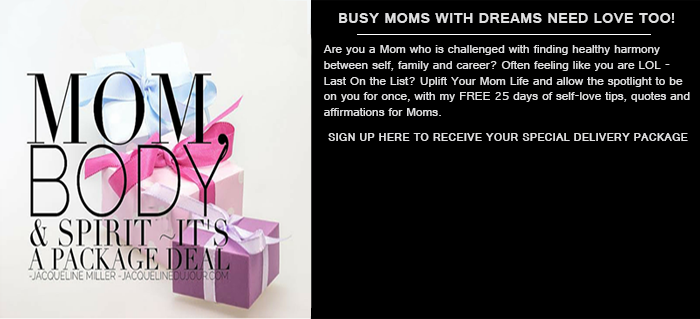Once you have your business up and running, it’s time to start concentrating on monitoring and improving your customers’ and potential customers’ experience with your brand. A customer’s experience with your brand forms their overall perception of your business, services, and products. You should focus a lot of energy on this area of business development. After all, the better your customers’ experience with what you do, the more likely they are to return, spend money and generate a profit for you. They are also more likely to recommend your products or services to family, friends, colleagues, and other acquaintances. Again, this is all more money going straight into your account. There’s a whole host of things that contribute towards customer experience. But for now, let’s focus on two main areas: user experience, and the unpackaging experience.
User Experience
User experience nowadays tends to involve a customer’s experience with your digital service. More and more people are now operating online. Whether in the form of E-commerce (selling wares, etc. through a website), or as a means of information and communication for customers (who may want to check brick and mortar store opening times, phone numbers, or inquire about stock or returns). Therefore, you want to make sure that customers have a positive experience with the usability of your site. The term UX design was initially coined by Donald Norman – Apple’s Vice President – in the early 1990s. He noted: “I invented the term because… I wanted to cover all aspects of the person’s experience with the system including industrial design, graphics, the interface, the physical interaction, and the manual”. For more information, here’s a complete, thorough guide to UX design.
Unwrapping Experience
Believe it or not, you can continue to impress and surprise your customer even after the item has been paid for and posted out. Packaging is one of the most valuable and simple business branding tools out there. The way that you pack your goods says a whole lot about your company’s dedication to pleasing the consumer, your brand’s ethics and moral guidelines. It can also add significantly to your brand aesthetic. What’s more? It increases brand exposure and here’s how:
Ethics and Moral Guidelines
Packaging from shipped goods contributes significantly to global waste. What do you think happens to the majority of packaging that you wrap your goods in? It goes straight into the trash once the recipient has unwrapped their purchase. If you use card or paper envelopes, kraft wrap, board-backed manilla envelopes, or cardboard boxes, this isn’t too bad, as all of the components of these products are biodegradable. However, try to stick with options made from purely recycled materials. This choice reduces the number of forests that are felled to maintain production of new packaging goods. Where things get a little more complicated is with plastic. Plastic will not biodegrade and when thrown away, tends to end up in a landfill for years to come, or ends up in the seas. This, needless to say, is detrimental to landscapes, animals, and people. Marine wildlife, in particular, tends to become entangled in waste, or are made ill through accidental consumption of plastic, or exposure to chemicals released by plastic into the waters. So, avoid bubble wraps and plastic bags. There are alternatives out there. Consider the original jiffy green padded bags which use recycled paper fiber lining which creates a greaseproof and puncture resistant packaging. For larger products, consider packing cardboard boxes with paper nuts instead of polystyrene. By being thoughtful about what types of packaging you use, you help to save the planet and your brand will gain the reputation of being ethical and moral too!
Brand Aesthetic
Branded packaging helps your brand to stand out. When you send something branded through the mail, it catches customers’ eyes and ensures that your products stay in the consumer’s memory. Stick to the same color scheme as you have on your site with washi tape. Stamp your company logo on envelopes and boxes. Stick to what your brand represents for a sense of consistency. Your brand is anything but plain, so your packaging should reflect this.
Brand Exposure
If you make an impact with your packaging, customers are likely to want to show this off. Especially considering how much people share on social media. Stunning, interesting, or quirky branded packaging will often be photographed and featured in a customer’s social media feeds, exposing your brand to their followers and encouraging purchases by individuals who would have otherwise paid no attention.
As you can see, it’s not all too difficult to improve the customer experience with your brand. So why not get started today and begin reaping the rewards?
*This post may contain affiliate links
1




0 Comments